Friday, Aug. 30 a new exhibition opened at the New Orleans Museum of Art. Glass: Sand, Ash, Heat brings together a collection of objects that tell the history behind the versatile medium that spans not only an expansive amount of time, but also the many cultures that had a hand in shaping the skill of glass making.
The show is composed solely of art pieces from the New Orleans Museum of Art’s permanent collection and there are more than 250 pieces of art on view for this exhibition of the over 5,000 glass art pieces in the museum’s collection. It is on view in the Ella West Freeman Galleries until Feb. 10, 2025.
The exhibition covers over 4,000 years of glasswork and explores many diverse themes. The show emphasizes how glass is a diverse medium that fundamentally connects a variety of vocations; glass-making is not only a precise science and a work of innovation, but an art, as well as something that has a role in shaping and displaying culture and interconnectedly, food. Because of this, glass objects are able to symbolize and represent an array of perspectives across time and cultures.
“It’s not one story, it’s drawn from very broad art and broad ways of looking at art,” said NOMA’s RosaMary Curator of Decorative Arts and Design, Mel Buchanan.
The exhibition displays pieces like ancient objects like water vessels like early Roman blown glass (100–400 CE), rare Chinese Han Dynasty ear ornaments (202 BCE–220 CE), as well as contemporary art from artists like Fred Wilson, Gene Koss, and Sharif Bey. It even includes homage to the rich history of New Orleans, displaying Black Masking Indian traditions and the detailed glass beadwork with a “Shango” Spyboy Suit by Big Chief Dow M. Edwards of the Timbuktu Warriors.
The exhibition represents how glass has inspired artists, scientists, and many more individuals from various walks of life to create and innovate unique objects, whether their practical or artistic or a good mix of both over the course of history. It tells the viewers a story of how all of these experiences have been built upon one another and shared to give way to new creations of glass. Traditions of glass making meet metamorphosed glass works in this exhibition to interpret the versatile clear material.
“This exhibition shows glass in its full complexity—rare or common, delicate or powerful. At all moments of human artistic and scientific achievement, glass was there,” said Buchanan.


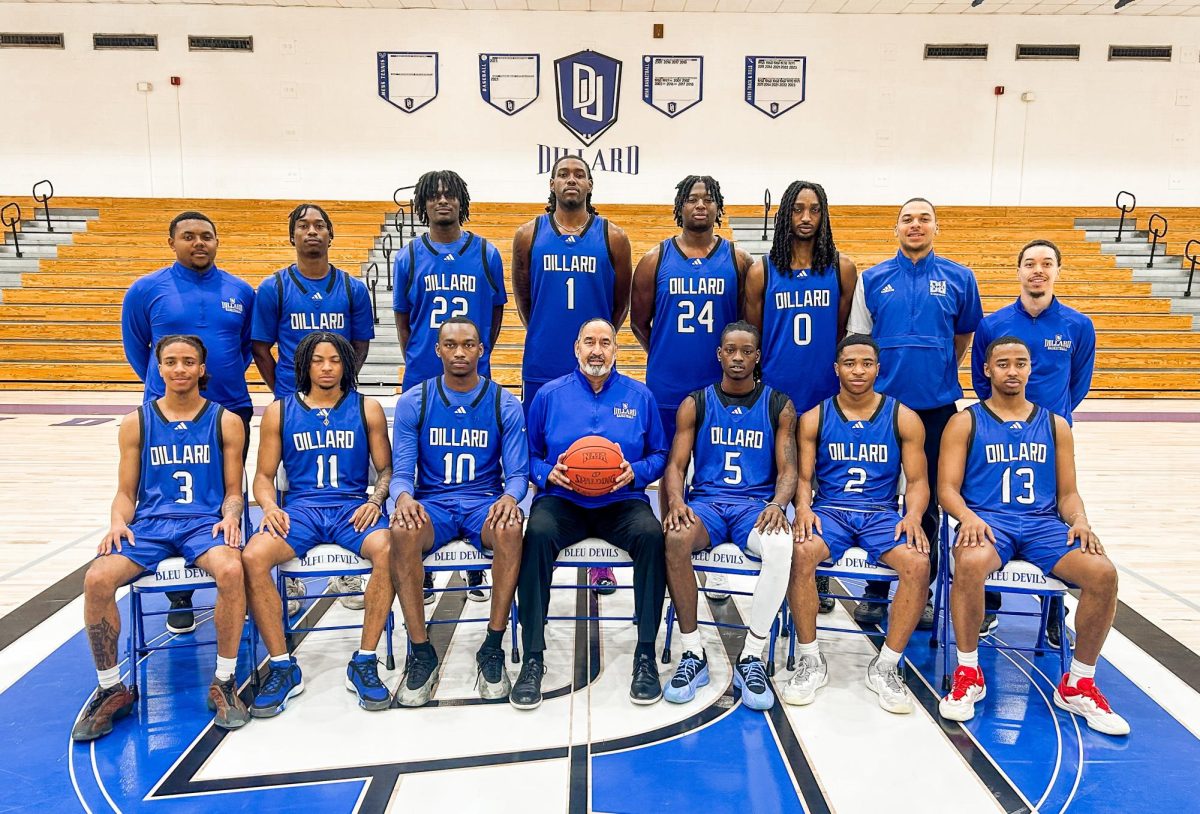


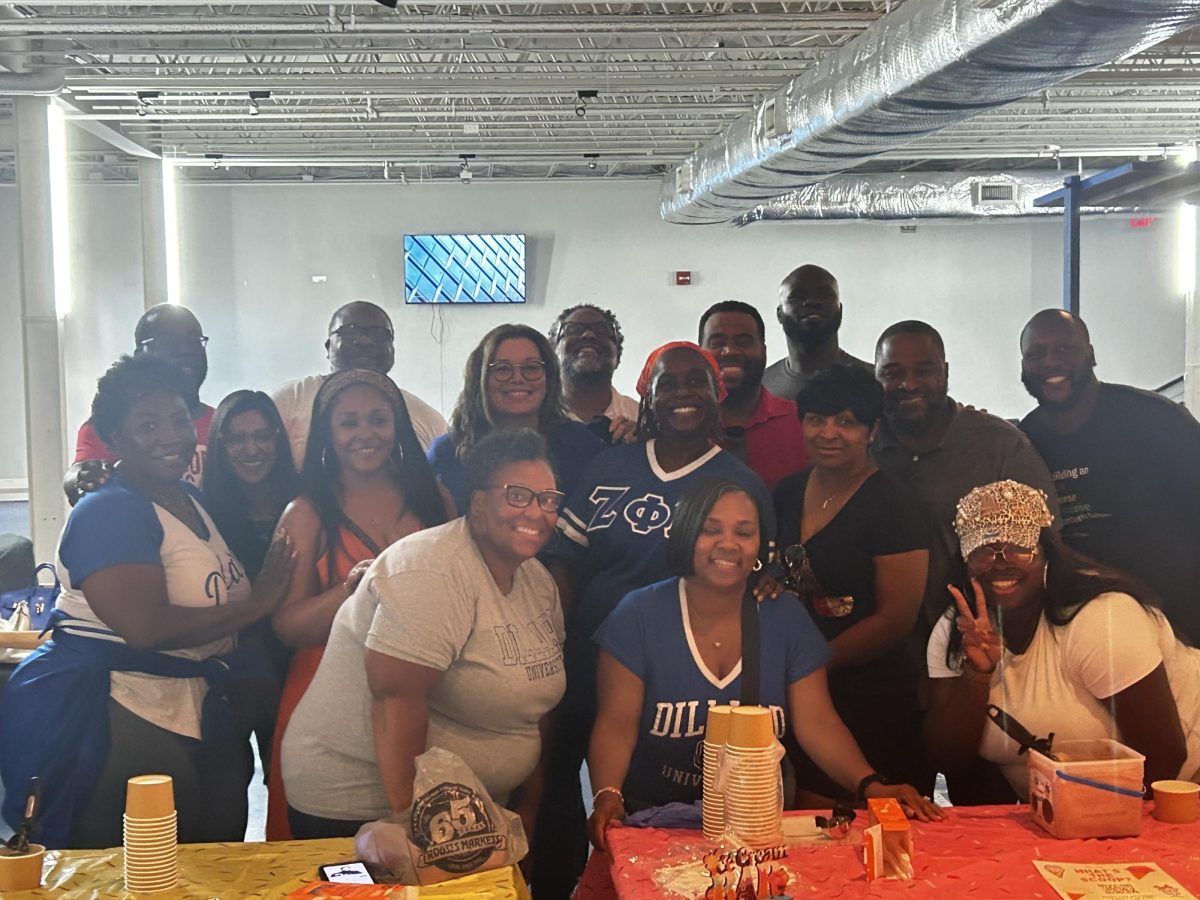















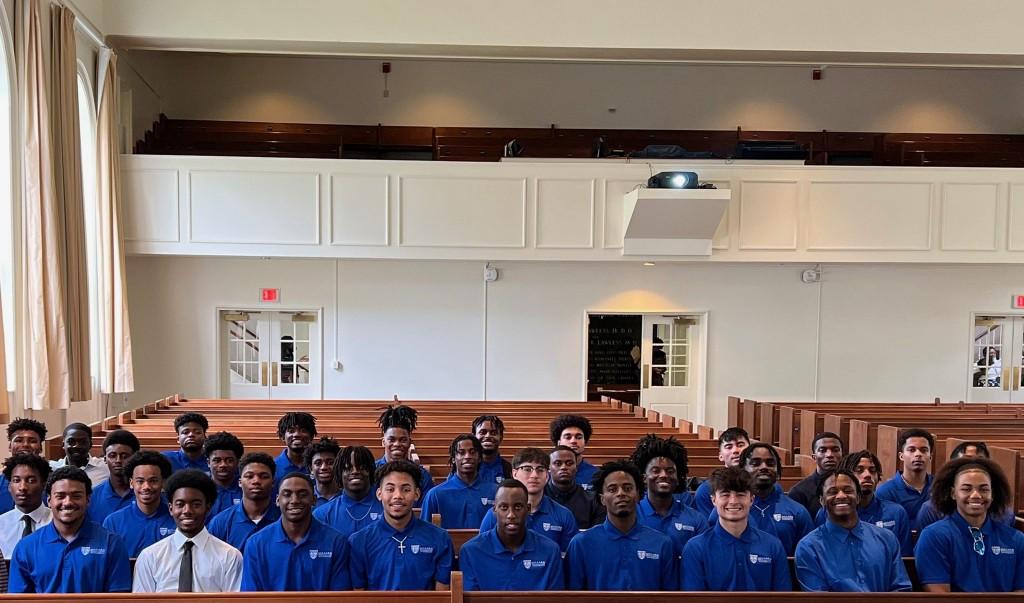
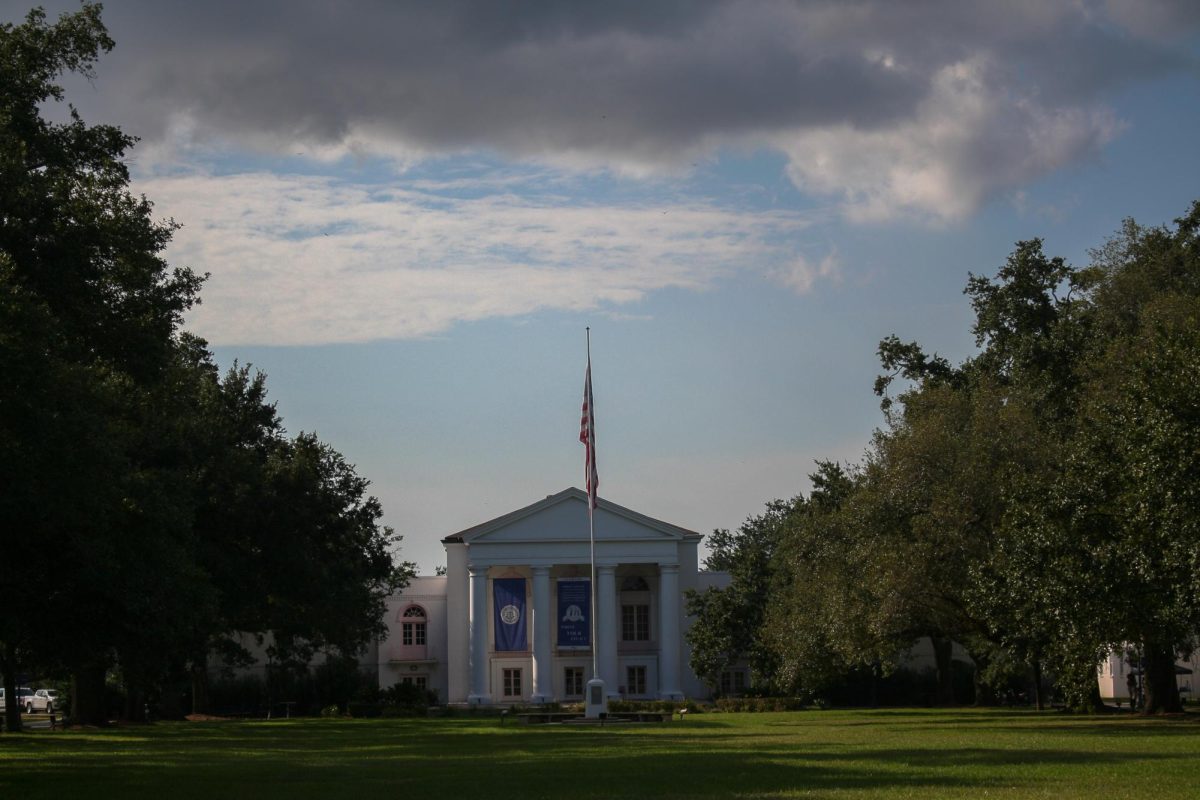
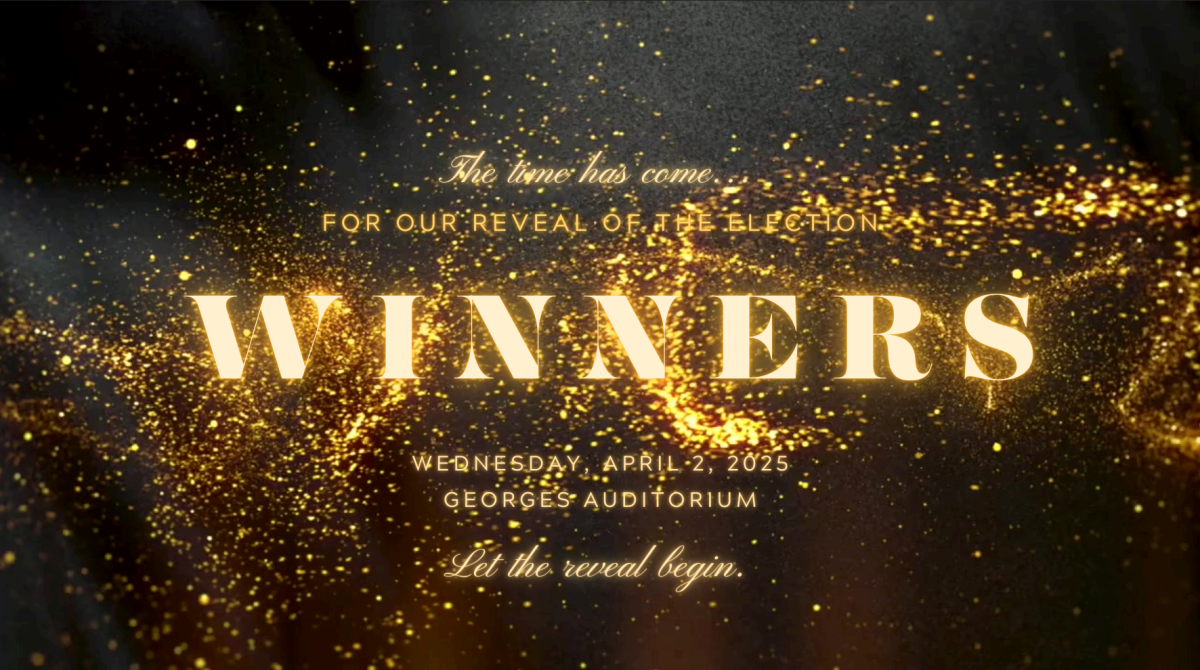






Bebe Babst • Oct 22, 2024 at 7:15 pm
Will Mel be having a your/ guide to the glass exhibit? She’s so talented…